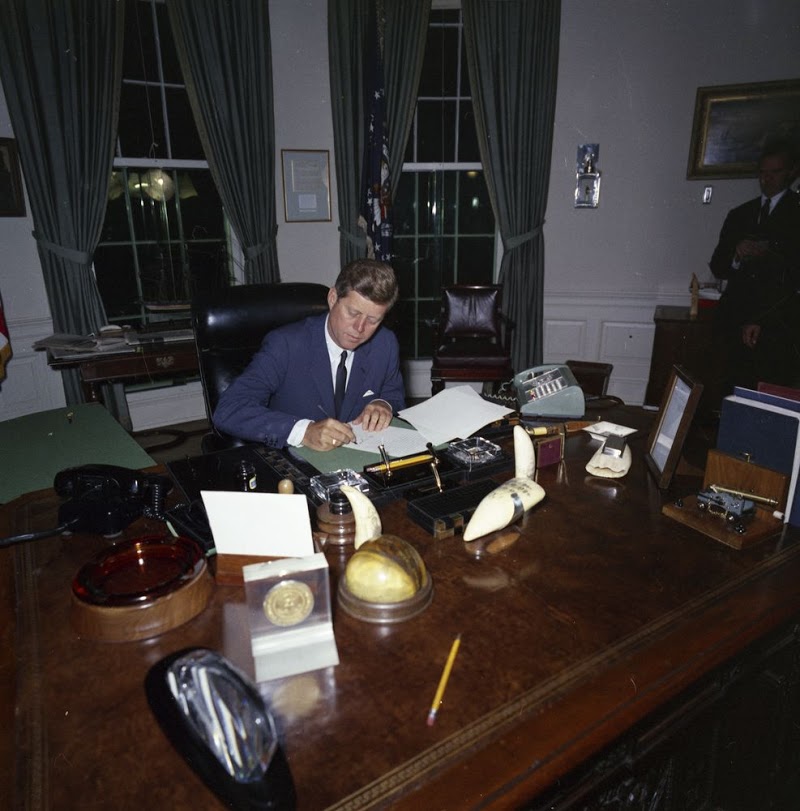The Cuban Missile Crisis stands as one of the most critical and tense moments in modern history. It brought the world to the brink of nuclear war and tested the leadership and resolve of President John F. Kennedy. This article will provide a detailed examination of the events leading up to the crisis, Kennedy’s decision-making process, and the resolution that ultimately averted catastrophe.
Background and Context:
In October 1962, tensions between the United States and the Soviet Union reached a boiling point when it was revealed that the Soviets had secretly placed nuclear missiles in Cuba, just 90 miles off the coast of Florida. This discovery, made possible by U.S. aerial surveillance, triggered an immediate global crisis. The Soviet move was seen as a direct threat to American national security, and it forced President Kennedy to make difficult decisions to protect the country and maintain peace.
Kennedy’s Decision-Making:
President Kennedy faced a grave dilemma – how to respond to the presence of Soviet missiles in Cuba without escalating the situation into a full-scale nuclear conflict. He assembled a team of advisors, known as ExComm, to assess the options and formulate a plan. After intense debate and deliberation, Kennedy decided on a naval blockade around Cuba to prevent further shipments of weapons, along with a demand for the removal of existing missiles.
The Crisis Unfolds:
As tensions escalated, the world held its breath, fearing the outbreak of a devastating war. The crisis reached its peak on October 27, 1962, when an American U-2 spy plane was shot down over Cuba. In response, Kennedy received a threatening letter from Soviet Premier Nikita Khrushchev, offering to remove the missiles in exchange for a U.S pledge not to invade Cuba. Kennedy responded with a carefully crafted letter, accepting the proposal publicly while secretly adding an additional demand for the removal of U.S. missiles in Turkey.
Resolution and Aftermath:
Tensions eased following Kennedy’s response. Both sides recognized the gravity of the situation and the potential outcome of a nuclear conflict. On October 28, Khrushchev announced that the Soviet Union would dismantle its missile bases in Cuba, and the crisis came to an end. The agreement also included a secret understanding between Kennedy and Khrushchev to remove U.S. missiles from Turkey.
Legacy and Lessons Learned:
The Cuban Missile Crisis had a profound impact on international relations. It underscored the dangers of nuclear weapons and highlighted the importance of maintaining open channels of communication between nuclear-armed nations. Kennedy’s handling of the crisis showcased his leadership and ability to navigate treacherous waters. It also paved the way for future arms control agreements between the United States and the Soviet Union.
The Cuban Missile Crisis was a defining moment in history, testing the resolve and diplomacy of President John F. Kennedy. His calm and calculated decision-making helped avert a devastating nuclear war. This episode serves as a reminder of the delicate balance required in international relations and the critical importance of thoughtful leadership during times of crisis.
